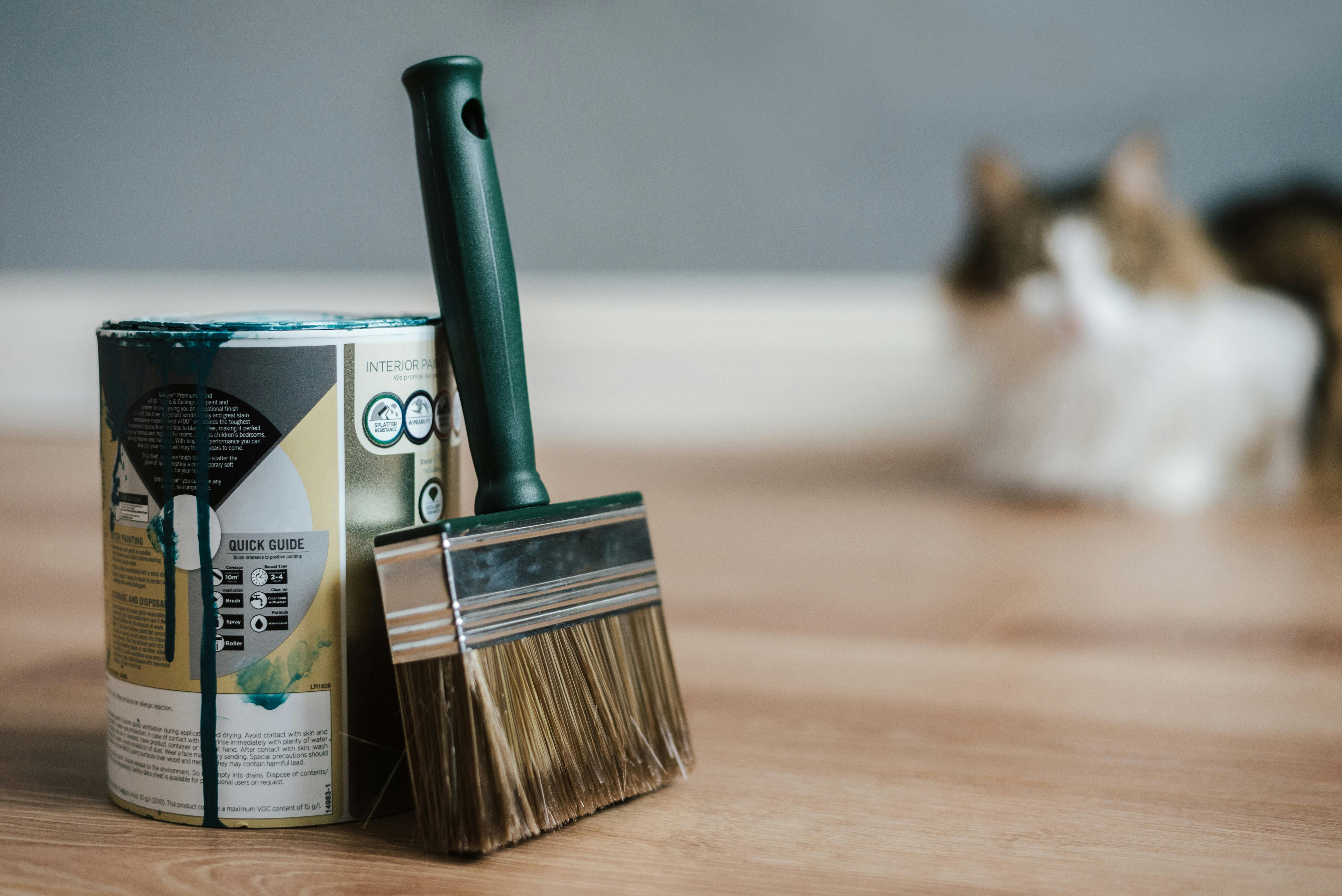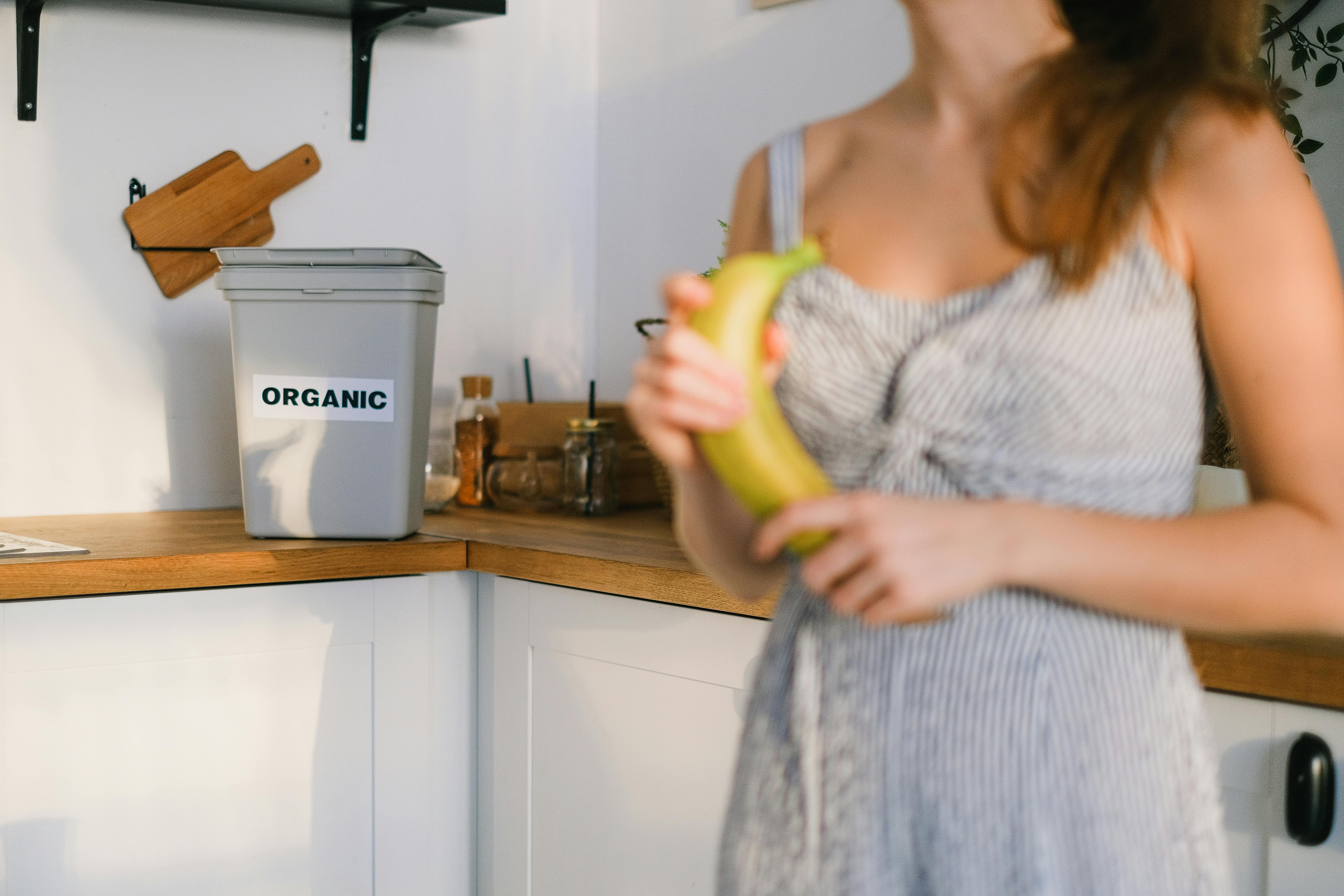Distilling spirits at home is a popular hobby amongst many people who enjoy making their own alcohol. It is a fun and rewarding experience that can be done with the right equipment and a little bit of know-how. Home distilling has been around for centuries, and today there are more resources available than ever before to help people get started. In this guide, we will discuss the basics of home distilling, the equipment and ingredients needed, as well as tips and techniques for successful distillation. We’ll also provide some helpful advice on safety precautions to take while distilling. So if you’re ready to start making your own spirits at home, let’s get started!Distilling spirits is the process of purifying alcoholic liquid, such as wine or beer, through the process of evaporation and condensation. This allows for the separation of different alcohols in a mixture as well as removal of impurities. The end product is a more concentrated and pure form of the original liquid, usually referred to as a spirit.
Types of Spirits That Can Be Distilled at Home
Distilling spirits at home can be an exciting and rewarding hobby. With the right equipment and some knowledge of the distilling process, you can make a wide range of delicious spirits in the comfort of your own home. Some of the most popular types of spirits that can be distilled at home include whiskey, gin, vodka, rum, brandy, absinthe, and moonshine.
Whiskey is one of the most popular types of spirits to distill at home. This spirit is typically made from grain mash that has been fermented and then distilled in copper or stainless steel stills. The flavor profile will vary depending on the type of grain used, as well as any other ingredients added during the process.
Gin is another type of spirit that can be made at home using a still. It is made by combining neutral spirits with juniper berries and other botanicals to create a unique flavor profile. The result is a light-bodied spirit with a subtle but distinctive flavor that can be enjoyed neat or mixed into cocktails.
<
Legal Requirements for Distilling Spirits at Home
Distilling spirits at home is a popular hobby, but there are legal regulations that must be followed. Every country has its own set of laws governing the distillation of alcohol, and these laws are strictly enforced. In the United States, the Alcohol and Tobacco Tax and Trade Bureau (TTB) regulates all aspects of distilling spirits. In order to legally distill spirits at home, you must obtain a permit from the TTB. This permit is known as a Federal Distilled Spirits Permit or DSP.
In addition to obtaining the necessary permit, there are other requirements for legally distilling spirits at home. All equipment used in the process must meet certain standards and be approved by the TTB. A list of approved equipment can be found on their website. The process of distillation must also be conducted in a safe manner to ensure that no hazardous vapors are released into the environment. Finally, all distilled spirits must be labeled correctly and stored in an approved location.
It is important to note that it is illegal to sell any distilled spirits produced at home without a permit from the TTB.
Equipment Needed for Distilling Spirits
Distilling spirits is an age-old practice that is still relevant today. To distill spirits, there are a few essential pieces of equipment needed. The most important piece of equipment is the still, which can be either a pot still or a column still. A pot still is a traditional method of distillation and is best suited for producing high-proof distilled spirits like whiskey and brandy. A column still is more efficient and can produce higher proof spirits with less effort. Both types of stills require an input of heat, either from a flame or steam, to produce the desired result.
Other necessary pieces of equipment include a mash tun for converting starches in grains into sugars, fermenters for converting the sugars into alcohol, condensers for cooling the vaporized alcohol back into liquid form, thermometers for measuring temperatures during the distillation process, hydrometers for measuring the concentration of alcohol in the finished product, and storage containers for storing your finished product. Additionally, it’s important to have appropriate safety gear such as gloves and eyewear when working with hot liquids and vapors during the distillation process.
Safety Tips for Distilling Spirits at Home
Distilling spirits at home can be a fun and rewarding experience, but it is important to practice safety first. To ensure a safe distillation process, it is essential to follow the proper safety precautions when distilling spirits. Here are some tips to keep in mind when distilling spirits at home:
Follow the Directions
It is important to read all instructions carefully before beginning any distillation process. Following directions will not only help ensure the safety of your equipment, but it will also help you produce a high-quality product. If you are unsure about any part of the process, it is best to consult an expert before proceeding.
Use Quality Equipment
Using quality equipment is one of the most important safety tips for distilling spirits at home. Make sure that all parts of your still are made from quality materials and have been properly tested and approved for use. Do not attempt to use homemade or untested equipment as this could result in an unsafe distillation process.

Gather the Necessary Ingredients and Equipment
Distilling spirits at home is a rewarding experience, but you need to make sure that you have all of the necessary ingredients and equipment before you begin. Begin by gathering your base spirit, such as whisky, vodka or rum. You will also need access to a supply of clean water, as well as yeast and sugar for fermentation. Additionally, you will need to acquire some distilling equipment, including a still, fermenter and distiller’s thermometer.
Produce Your Mash
Once you have gathered your ingredients and equipment, you can begin producing your mash. This involves combining the base spirit with water and other ingredients like yeast, sugar or other flavorings. After mixing the ingredients together in a fermenter, allow them to sit for several days in order for fermentation to take place. Keep an eye on the temperature and monitor it regularly using your distiller’s thermometer.
Distill Your Spirits
Once fermentation has
Collecting the Alcohol Produced When Distilling Spirits at Home
Distilling spirits at home can be an exciting and rewarding experience. But when it comes to collecting the alcohol produced, it is important to know how to do it properly. The first step is to make sure you have the right equipment for collecting the alcohol. You will need a still, which is a device used for separating liquids through distillation, as well as a storage container or carboy for collecting the alcohol.
Once you have all of your equipment in place, you can begin distilling your spirits. During this process, it is important to monitor the temperature and pressure of the still so that you can ensure that your spirits are being distilled correctly. Once you have distilled your spirits, you will need to collect them in a container or carboy. This will allow you to store them safely until they are ready to be consumed.
It is also important to keep in mind that there are certain regulations and laws surrounding the distillation of spirits at home. Be sure to research these laws in your area before beginning any kind of distillation process. Additionally, it is important to
Aging and Flavoring Spirits at Home
Distilling spirits at home is a great way to make your own personal creations, and aging and flavoring the alcohol produced can take it one step further. Aging spirits at home is much easier than you think, and it will add a unique flavor profile to your homemade spirit. Flavoring spirits can also help bring out the natural flavors of the spirit by adding herbs or spices, which can add complexity to your distillate. Here are some tips on how to age and flavor the alcohol produced when distilling spirits at home.
First and foremost, you need to select a vessel for aging your spirits. You can use a variety of containers such as barrels, carboys, or mason jars. The type of vessel you choose will depend on the type of spirit you are making and how long you plan on aging it. If you are making whiskey or bourbon, then a charred oak barrel is best as it will impart a unique flavor profile due to the charring process. If you are making gin or vodka, then a glass carboy or mason jar is best as it won’t impart any flavor from the wood

Conclusion
Distilling spirits at home is not as difficult as it may seem. With the right equipment and a few simple steps, anyone can produce their own delicious homemade spirits. While it is illegal to distill alcohol in certain countries, there are many countries where it is legal to do so. It’s important to research the laws in your region before attempting to distill spirits at home. If you do decide to distill spirits at home, be sure to follow safety regulations and practice common sense throughout the process.
Creating your own spirit can be a rewarding experience, and the results can be surprisingly good. With a little patience and some careful attention to detail, you can have an enjoyable time creating your own homemade spirits that you can enjoy for years to come!

